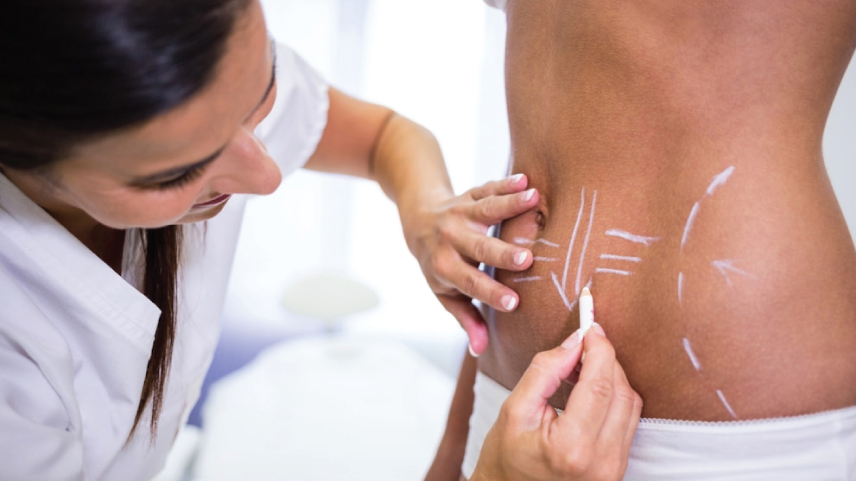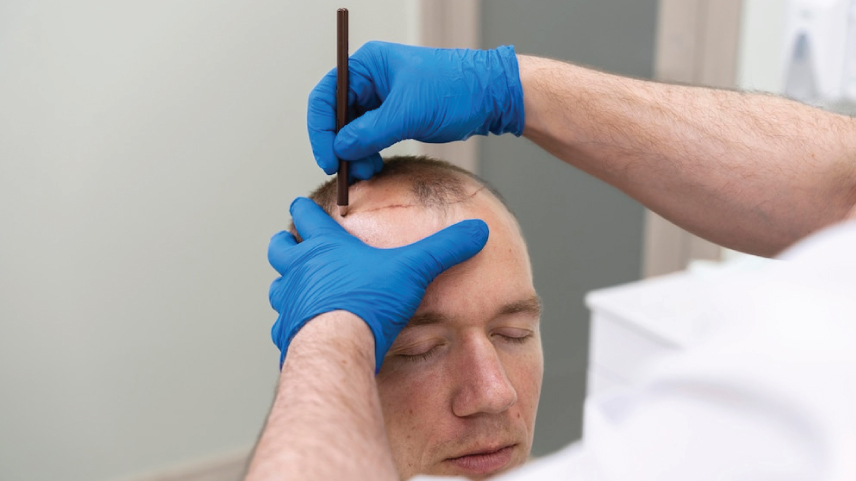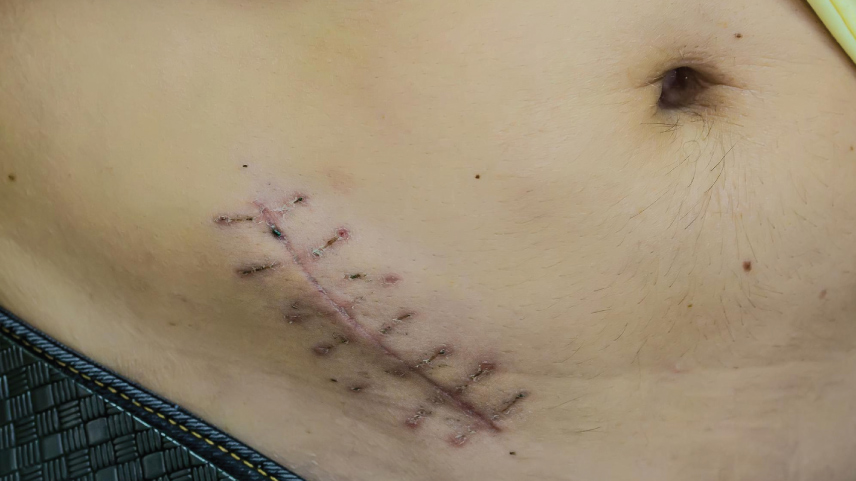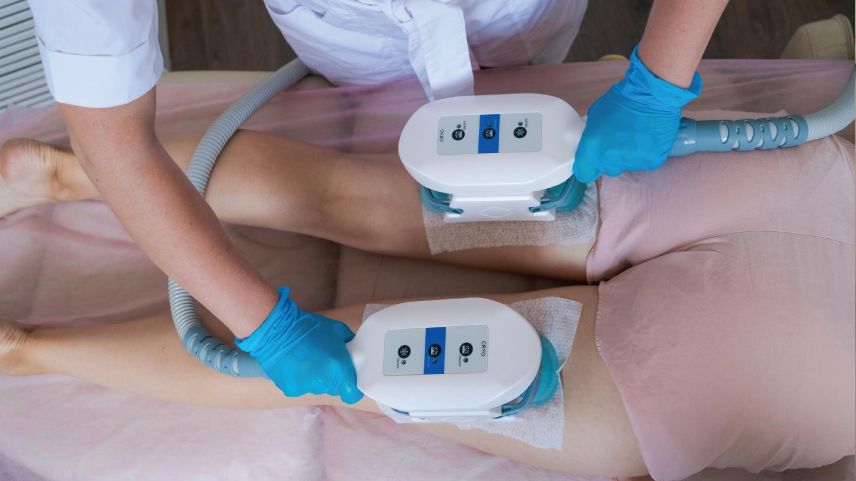
What is liposuction?
Liposuction is the surgical removal of body fat. Also called lipoplasty, body shaping, and body contouring,
liposuction can remove excess fat tissue on many body areas. These include the abdomen, buttocks, back, face, neck, arms, breasts, hips and legs. Most often people seek liposuction for aesthetic reasons. However, in some cases, doctors use liposuction to treat medical conditions involving excess fat deposits, such as gynecomastia and lipoma.
Liposuction is one of the most common cosmetic surgical procedures in the world. It is also a major surgery with significant risks and potential complications. You may have less invasive treatment options and should consider getting a second opinion about all of your treatment choices before having a liposuction.
Why is liposuction performed?
Your doctor may recommend liposuction as a medical treatment for certain conditions that cause a buildup of excess body fat.
However, liposuction is most commonly a cosmetic surgical procedure to change the size and shape of the body, such as in the thighs, abdomen and breasts.
Your doctor may only consider liposuction if other treatment options that involve less risk of complications have been ineffective.
Talk with your doctor about all of your treatment options and consider getting a second opinion.
Liposuction is a surgery that your doctor may use to remove excess body fat caused by:
- Gynecomastia, which is excess breast tissue growth in men
- Heredity, which causes body fat deposits that healthy diet and regular exercise cannot eliminate
- Lipoma, which is a benign (noncancerous) type of slow-growing tumor made up of fat cells (adipocytes). Lipomas are usually small but can grow quite large.
How is liposuction performed?
Plastic surgeons often perform liposuction. A plastic surgeon is a specialist in aesthetic and reconstructive surgery. Dermatologists, doctors who specialize in treating conditions of the skin and underlying tissues, may also be trained in performing liposuction.
Your doctor will perform liposuction in a hospital, a surgeon’s office, or an outpatient surgery clinic.
Surgical approaches to liposuction
Your surgeon will perform liposuction using one of the following approaches:
Traditional liposuction, also called tumescent or fluid injection liposuction, is the most common type of liposuction. Your surgeon makes a few small incisions in the fat removal area and injects a fluid mixture containing a salt solution, a local anesthetic, and epinephrine through the incisions. This fluid prevents excessive blood loss, swelling, and bruising. Your surgeon then inserts a hollow, thin tube called a cannula into the incisions and pumps it back and forth to loosen and dislodge the fat cells. A small surgical vacuum or syringe is used to remove the fat through the cannula.
Ultrasound-assisted liposuction(UAL) is a type of liposuction that the Food and Drug Administration (FDA) approved for use in the United States in 1996. Your surgeon makes a few small incisions in the fat removal area and uses ultrasonic vibrations to heat and break up the fat. Your surgeon will apply these ultrasound vibrations above your skin with an emitter device, or below the skin with an ultrasonic cannula (a thin tube). A small surgical vacuum or syringe is used to remove the fat through the cannula.
Laser-assisted liposuctionis also called by its brand name: SmartLipo. The FDA approved laser-assisted liposuction in 2007. Your surgeon makes a few small incisions in the fat removal area and injects a fluid mixture containing a salt solution, a local anesthetic, and epinephrine through the incisions. This fluid prevents excessive blood loss, swelling, and bruising. Your surgeon inserts a thin laser fiber into the incisions to heat and loosen the fat. A small surgical vacuum or syringe is used to remove the fat through a cannula.
Your surgeon will determine which type and method of surgery is best for you. Learn about the different liposuction procedures and ask why your surgeon will use a particular type of procedure for you.




